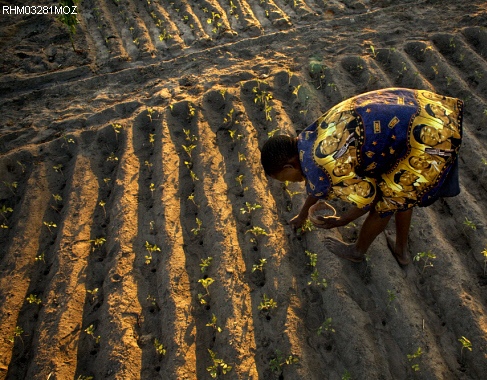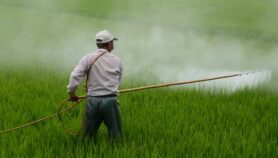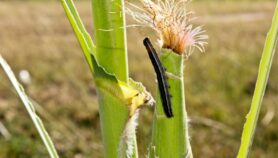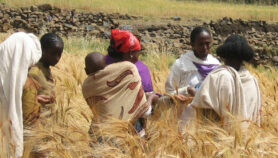By: Duncan Mboyah
Send to a friend
The details you provide on this page will not be used to send unsolicited email, and will not be sold to a 3rd party. See privacy policy.
[NAIROBI] Small-scale farmers obtain more than 90 per cent of their seed from informal systems, says a new study.
The study was conducted to help examine the degree to which the informal seed sector remains the core for seed acquisition, and to help determine where interventions should be targeted to boost crop production among smallholders.
Researchers used data from interviews ofa total of 2592 households in six countries — the Democratic Republic of Congo, Kenya, Haiti, Malawi, South Sudan and Zimbabwe —from 2009 to 2012, according to the study published in the journal Food Security last month (18 January)
“The farmers plant 55 per cent of seed they purchase mainly from local markets or from friends and fellow farmers.”
Louise Sperling, Catholic Relief Services
.
Louise Sperling, a co-author of the study and a senior technical advisor on seed systems for Catholic Relief Services, United States, says the study found an important disconnect between the formal supply mechanisms and the way most smallholders obtain seed.
Sperling notes that the findings present a major opportunity to improve farmers’ access to better crop varieties, which is crucial to dealing with climate change, nutrition, and other production challenges in a region where food security remains a major concern.
“This study shows that smallholder farmers are spending money on seed, [and are] using channels that are accessible to them and responsive to changing conditions,” Sperling explains.
The researchers examined 9,660 seed transactions involving 40 crops and found out that contrary to popular belief, most smallholders in Africa—the continent’s dominant producers who typically cultivate crops on about a hectare or less of land—are not reliant on seeds saved from year to year.
“The farmers plant 55 percent of seed they purchase mainly from local markets or from friends and fellow farmers,” Sperling says.
The study shows that local markets stock several tonnes of legumes, mainly beans and cowpea accounting for 64 percent that are an essential source of protein and other nutrients.
“The challenge is that most of their purchases are going through informal channels like local open air markets, which don’t have access to many of the new crop varieties that could help farmers improve nutrition and adapt to climate change,” Sperling observes.
Joseph Opiyo, a researcher with the Tegemeo Institute of Agricultural Policy and Development, an agricultural and policy think tank at Kenya-based Egerton University, says farmer-saved seeds from year to year is no longer common among smallholders in Africa because of low production and emerging storage pests that farmers are unable to control using traditional and even modern methods of grain preservation.
Charles Katabalwa, a farmer and programme manager of Community Enterprises Development Organisation in Rakai district of Uganda, says farmers prefer local seed to those from agro-dealer outlets, which are situated far from them.
“Other farmers lack knowledge of the value of improved seed as opposed to local seed while stockists at times have varieties that are of poor quality,” Katabalwa adds.
This piece was produced by SciDev.Net’s Sub-Saharan Africa English desk.
References
Shawn McGuire and Louise Sperling Seed systems smallholder farmers use (Food Security, 19 January 2016)














